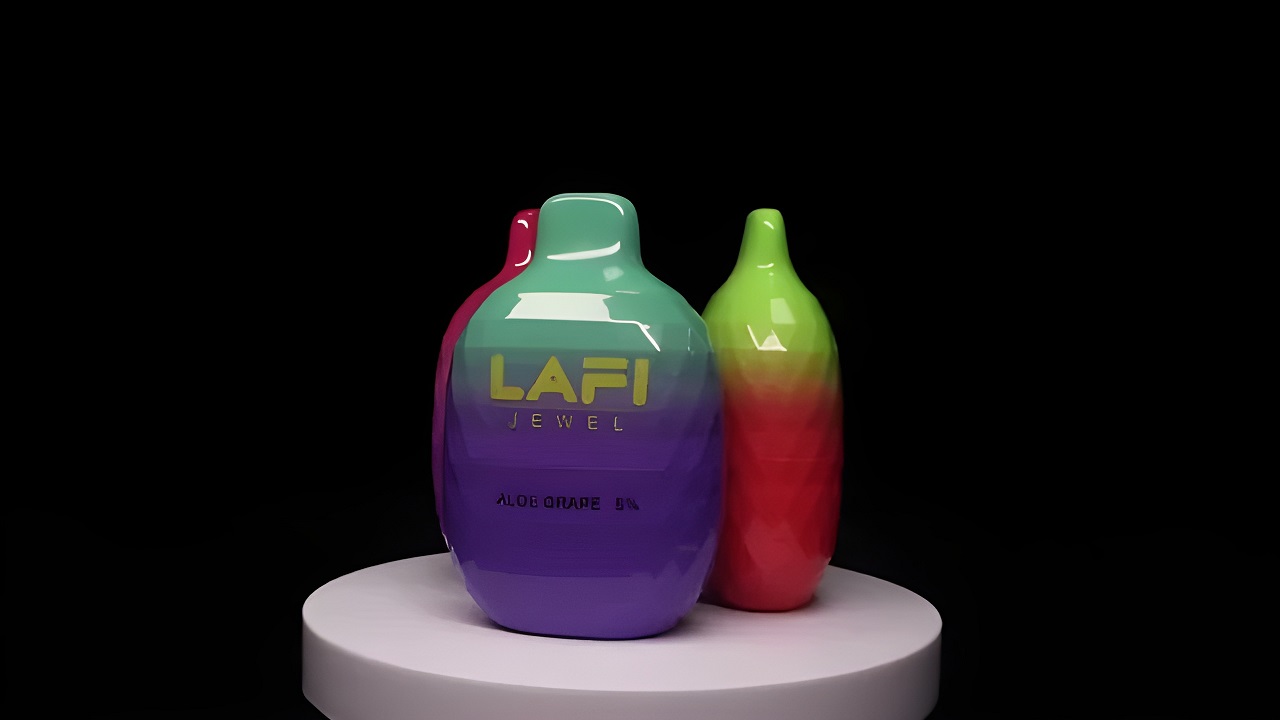Refillable vaping has become increasingly popular as an alternative to traditional smoking, but it is not without its fair share of misconceptions. In this article, we aim to dispel common myths and address misconceptions surrounding refillable vaping, providing a clearer understanding of this evolving and versatile practice.
Myth 1: Refillable Vaping is as Harmful as Smoking
One prevailing misconception is that refillable vaping is as harmful as smoking traditional cigarettes. However, it's essential to recognize that vaping involves inhaling vapor, not smoke. Refillable vape pods heat e-liquids, eliminating the combustion process that releases harmful toxins associated with smoking. While long-term effects are still under research, evidence suggests that vaping is a less harmful alternative to smoking.
Myth 2: All Refillable Vape Liquids Contain Nicotine
A common belief is that all refillable vape liquids contain nicotine. In reality, refillable vapes offer a wide range of e-liquids with varying nicotine levels, including nicotine-free options. Users have the flexibility to choose their preferred nicotine concentration or opt for nicotine-free alternatives, catering to both those looking to quit nicotine and those who enjoy a controlled nicotine intake.
Myth 3: Refillable Vaping is a Gateway to Smoking
There is a misconception that refillable vaping acts as a gateway to smoking traditional cigarettes, especially among younger users. Studies indicate that while experimentation with vaping may occur, it does not necessarily lead to smoking. In fact, refillable vapes are often used as smoking cessation tools, helping individuals transition away from traditional tobacco products.
Myth 4: Vaping Causes "Popcorn Lung"
The term "popcorn lung" refers to a condition caused by exposure to diacetyl, a chemical used in some flavorings. There is a misconception that vaping can lead to popcorn lung. However, reputable e-liquid manufacturers have phased out or minimized the use of diacetyl in their products. Refillable vape liquids produced by reputable brands undergo rigorous testing to ensure the safety of their consumers.
Myth 5: Secondhand Vapor is as Harmful as Secondhand Smoke
Some believe that secondhand vapor from refillable vaping is as harmful as secondhand smoke from traditional cigarettes. Studies indicate that while e-cigarette aerosol is not entirely harmless, it contains fewer harmful chemicals than tobacco smoke. Additionally, the rapid dissipation of vapor makes it less likely to pose significant risks to bystanders compared to traditional cigarette smoke.
Myth 6: Refillable Vaping is Only for Smokers Trying to Quit
Refillable vaping is often mistakenly perceived as a tool exclusively for smokers attempting to quit. While it is an effective aid for smoking cessation, refillable vaping is also embraced by individuals who enjoy the customizable and social aspects of vaping. It caters to a diverse audience, offering a range of options beyond nicotine replacement therapy.
Myth 7: All Refillable Vape Devices Are the Same
Another common misconception is that all refillable vape devices are similar. In reality, the market offers a variety of refillable vape pens, mods, and pod systems with distinct features and designs. Factors such as size, battery life, and ease of use vary among different devices. Users should explore the options available to find a refillable vape device that suits their preferences and lifestyle.
Conclusion
In conclusion, addressing common misconceptions about refillable vaping is crucial for fostering accurate knowledge and understanding. Refillable vaping is a dynamic and evolving practice that offers a viable alternative to traditional smoking. By dispelling myths and acknowledging the versatility of refillable vape devices, individuals can make informed choices that align with their preferences and goals.


